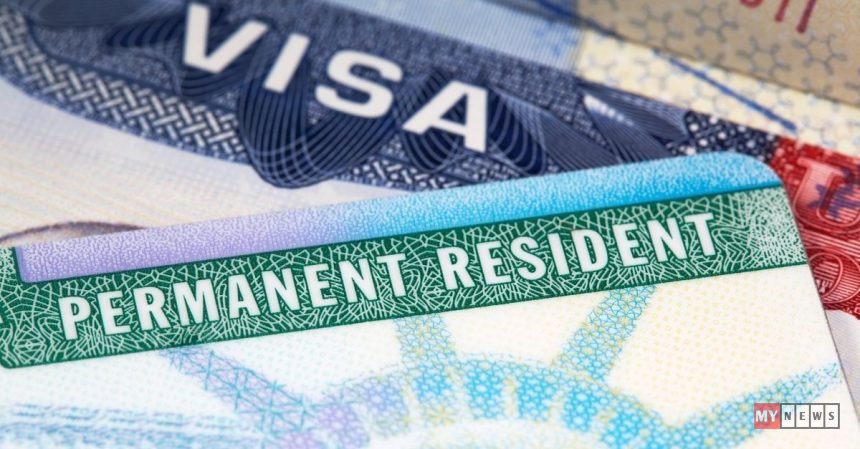By My Newspaper | World Affairs
Green card reentry rules are becoming crucial as lawful permanent residents (LPRs) face stricter scrutiny when returning to the United States after extended stays abroad. Under current regulations, LPRs who remain outside the U.S. for one year or more without a reentry permit risk losing their permanent residency, and many are reportedly being denied reentry at ports of entry.
Rising Scrutiny at U.S. Borders
U.S. immigration agencies, including U.S. Customs and Border Protection (CBP), have intensified inspections for returning green card holders. LPRs who appear to establish foreign residences or spend extended periods abroad may be flagged for abandoning U.S. residency.
Even absences under one year can raise concerns if individuals lack proof of maintaining strong U.S. ties such as:
- Property ownership in the U.S.
- Employment in America
- Tax filings
- Family residence
“Extended absences can raise questions at reentry, so maintaining strong ties and presence is always advisable,” says Dmitry Litvinov, CEO of Dreem.
External DoFollow Link: USCIS Travel Guidance ✅
Understanding Green Card Reentry Rules
The U.S. Citizenship and Immigration Services (USCIS) clearly states that a green card becomes invalid for reentry if an LPR stays outside the United States for one year or more without a reentry permit. Even shorter absences may trigger complications if authorities determine the person has effectively relocated abroad.
Green card holders should secure a Reentry Permit (Form I-131) before traveling for long periods. This permit demonstrates intent to maintain U.S. residency and allows travel abroad for up to two years without needing a returning resident visa.
Internal Link: Guide to Green Card Travel & Reentry ✅
How to Apply for a Reentry Permit
- File Form I-131 while physically in the U.S., at least 60 days before departure.
- Complete biometrics (fingerprints and photos) before leaving.
- Once issued, the permit is valid for two years and can be sent to a U.S. consulate or embassy overseas.
Failing to obtain a reentry permit for absences over one year can lead to loss of permanent residency and may require a hearing before an immigration judge.
External DoFollow Link: USCIS Form I-131 Instructions ✅
Continuous Residence and U.S. Citizenship
Maintaining continuous residence is critical for those pursuing U.S. citizenship. Applicants generally must reside in the U.S. continuously for five years before applying.
- Absences longer than six months but under one year can interrupt this continuity unless strong ties are proven.
- Keep records of property, taxes, and family residence to demonstrate ongoing U.S. residency.
Key Takeaways for Green Card Holders
- Stay in the U.S. as much as possible to protect residency status.
- Avoid international trips over six months if planning to apply for U.S. citizenship.
- Apply for a reentry permit (Form I-131) if staying abroad for one year or more.
- Maintain proof of U.S. ties — home ownership, taxes, and employment records.
- Consult immigration attorneys for extended international travel to avoid losing status.
Conclusion
As immigration enforcement tightens, understanding green card reentry rules is critical for all LPRs. Absences exceeding one year without proper documentation can lead to permanent residency loss, legal complications, and delays in naturalization. Careful planning, maintaining U.S. ties, and filing the correct forms ensure continued residency and smooth international travel.













